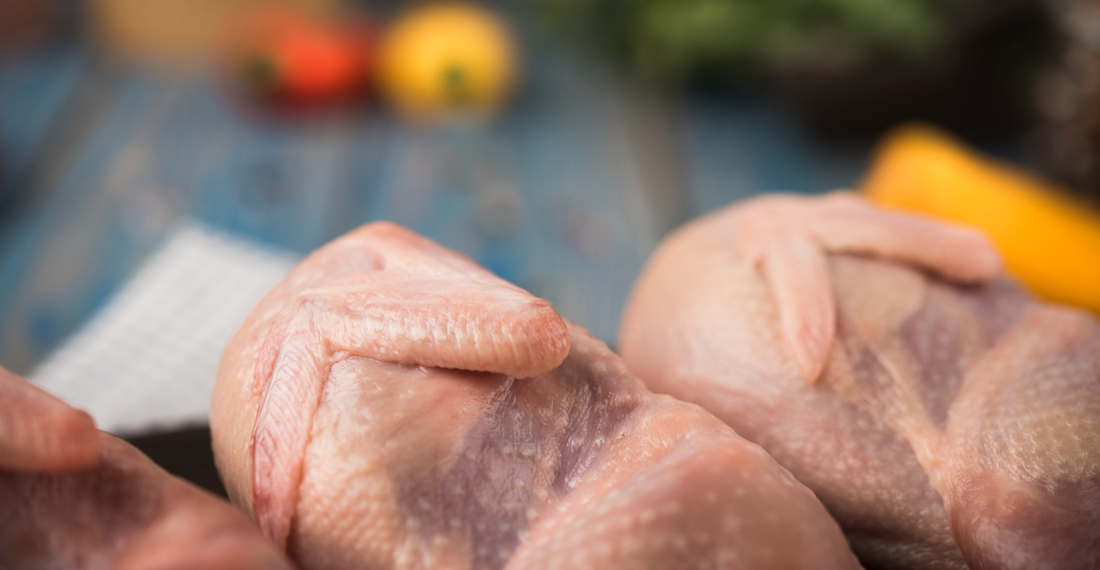
China Completes Adjustment in Chicken Market After Slashing Imports
Dec, 13, 2024 Posted by Gabriel MalheirosWeek 202448
The sharp drop in chicken meat imports from the Chinese market, Brazil’s main international client, is expected to come to a halt next year. This is the assessment of Ricardo Santin, president of ABPA (Brazilian Animal Protein Association), who sees the adjustment process in the volumes purchased by the Asian giant as complete.
From January to November this year, Brazil shipped 509,000 tonnes of chicken to China, a 19.5% drop compared to the same period last year, according to government data compiled by ABPA. Overall, China’s chicken imports have fallen by more than 30% through October, according to Chinese customs data.
Moving forward, volumes imported from Brazil are expected to remain largely stable, with a slight potential increase due to organic market growth—about 30 million Chinese consumers enter the market annually.
“We’re also seeing China announce policies to encourage consumption,” Santin noted. “I believe we’re more likely to see an increase in imports than further declines.”
Below is a historical record of Brazil’s chicken exports to China. The data is sourced from DataLiner:
Poultry Meat Exports to China | Jan 2021 – Oct 2024 | TEU
Source: DataLiner (click here to request a demo)
China’s animal protein market has been heavily influenced by the recuperation of its pork production capacity following the African swine fever outbreak, which began in 2018. Although pork volumes have been recovering over the past few years, local production added 20 million tonnes between 2020 and 2024, significantly affecting prices.
“Pork prices became very low in China this year, which boosted consumption,” Santin said. Pork production exceeded expectations by 3 million tonnes, totaling nearly 57 million tonnes in 2024, according to USDA data.
This surge in pork production disrupted the protein balance in the Chinese market, resulting in a notable decrease in chicken imports. However, chicken imports were less affected than pork imports from Brazil, which fell nearly 40%.
Brazilian exporters, however, continue to benefit from China’s strong demand for chicken feet and paws—over 70% of Brazil’s exports to China consist of these parts, which remained largely stable last year. The drop in exports primarily affected other cuts, which were successfully redirected to alternative markets without significantly impacting the sector’s overall performance.
Record Year for Brazil’s Chicken Exports
Brazil is expected to wrap up 2024 with a 3% increase in chicken exports, surpassing 5.3 million tonnes, according to ABPA. The country has taken advantage of reduced competition from the United States, which saw a 10% drop in chicken exports through October—particularly in leg quarters.
“In the U.S., where chicken breast is more popular, there has been a rise in domestic consumption of drumsticks and thighs, creating additional space for Brazilian exports,” Santin explained.
To sustain this growth and meet domestic demand, ABPA forecasts a 2.7% increase in Brazil’s chicken production in 2025, reaching a record 15.3 million tonnes. This year’s production is expected to close at 15 million tonnes, slightly below initial projections. According to Santin, this adjustment reflects enhanced biosecurity measures following isolated cases of avian influenza in wild birds and Newcastle disease, as well as excessive heat in the third quarter, which reduced the average weight of slaughtered birds.
Per capita chicken consumption in Brazil is expected to rise by 2% in 2025, reaching 46.6 kilograms per person. This growth will be supported by improvements in the job market and higher beef prices, which continue to shift demand toward chicken. Santin expects this trend to persist into 2025, benefiting both chicken and pork consumption.
Positive Outlook for Pork Exports
ABPA also projects a strong year for pork exports in 2025, forecasting a 7% increase to 1.45 million tonnes. This would put Brazil on par with Canada as the world’s third-largest pork exporter.
The Philippines, a key driver of this year’s growth, is expected to continue increasing its purchases from Brazil. “There’s no limit to growth in the Philippines, as African swine fever remains a major challenge there,” Santin said, adding that the country is likely to become Brazil’s top destination for pork exports in 2025.
Strong Margins and Stable Costs
During ABPA’s year-end press conference, Santin emphasized that profit margins in the sector are expected to remain high in 2025, driven by strong demand and stable costs.
Santin also expects international prices to remain firm, with the potential for increases in some regions depending on the effects of the H5N1 virus, which is causing new outbreaks in the Northern Hemisphere as winter begins.
Source: The Agribiz
Original text: https://www.theagribiz.com/agribuzz/apos-derrubar-importacoes-china-conclui-ajuste-no-mercado-de-frango/
-
Ports and Terminals
Jun, 01, 2022
0
The world’s largest shipping company wants a container terminal in Suape
-
Shipping
Dec, 06, 2019
0
Brazil reelected as member of IMO Council
-
Sep, 01, 2022
0
Oil tanker blocked Suez Canal for more than five hours
-
Ports and Terminals
Jan, 04, 2023
0
Minister França plans to place Port of Santos among world’s ten largest



